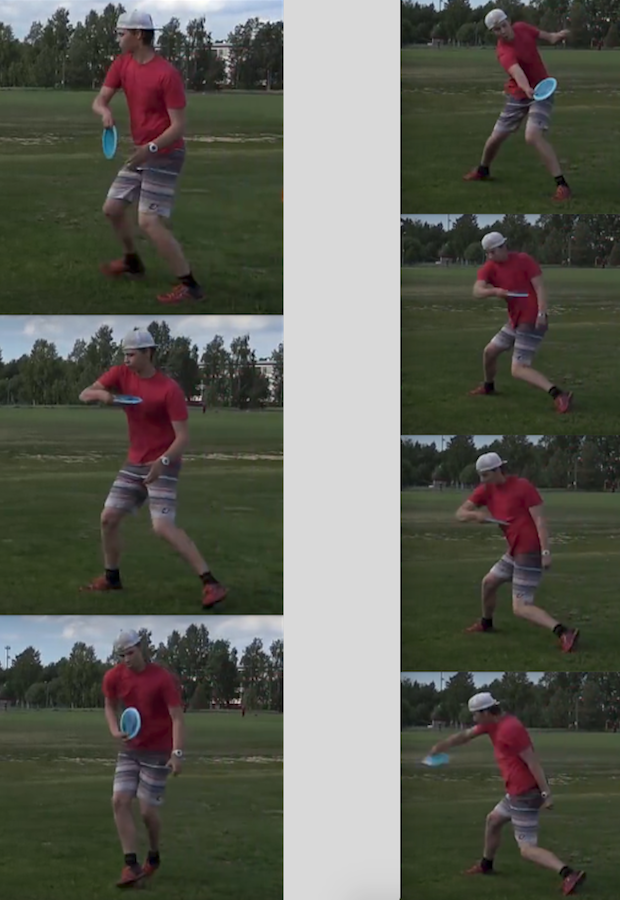1. Yes, flows straight back from apex.
2. Yes, this is how it flows straight back with body out of the way of backswing while moving into shot.
3. Both.
4. For "straight" or right to left hyzer.
5. With a true pendulum backswing/Feldy style its just supinated/external rotation to the top of the backswing so disc plane. Everything gets flattened out/less rotation when you don't bend the elbow or the less you bend the elbow. This why Feldy so consistent/player of the decade, less moving parts.
Nice job making sense of and numbering my question(s!).
Helpful clarification on q5, thank you. So if I want to follow this KISS principle, this would be the way to go. So I suppose I'm also only doing an "out to in to out" thing to the degree that the elbow bends during lag transition of weight shift as well. But it's not something to worry about other than to ensure top of backswing is directly opposite of apex, which ought to be slightly left of body (from behind view) as I turn hips and get body out of way to create space... if that makes sense.
Thank you, sir.
